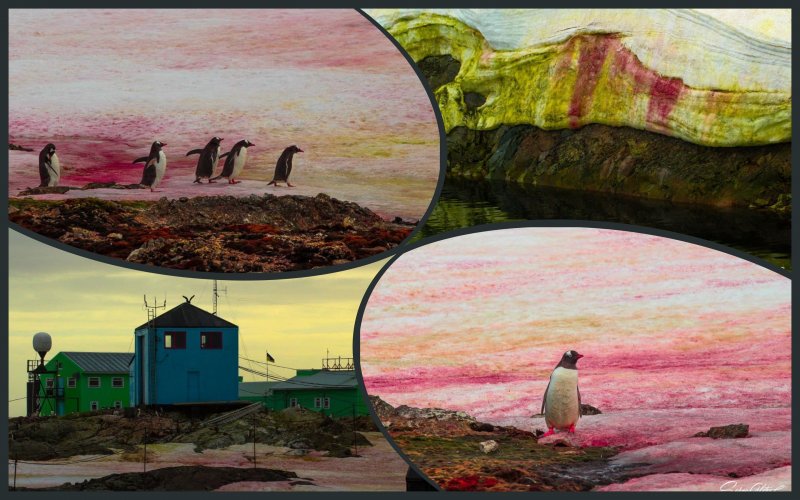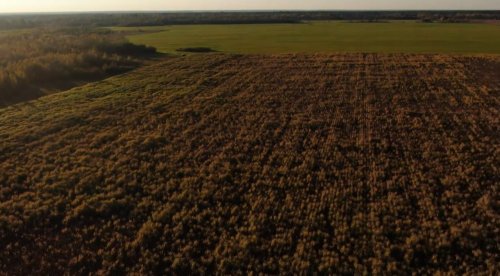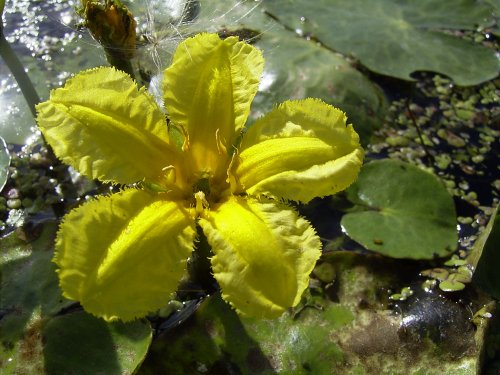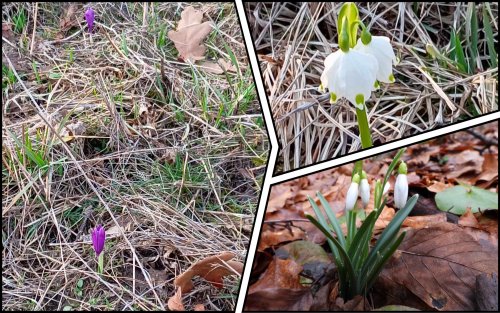In Antarctica, near the Ukrainian station "Akademik Vernadskyi", the snow has turned pink due to the "blooming", i.e. mass reproduction, of single-celled green algae.
Such flowering accelerates climate change, because the color of the snow reflects less sunlight and melts faster, the National Antarctic Science Center reports on Facebook.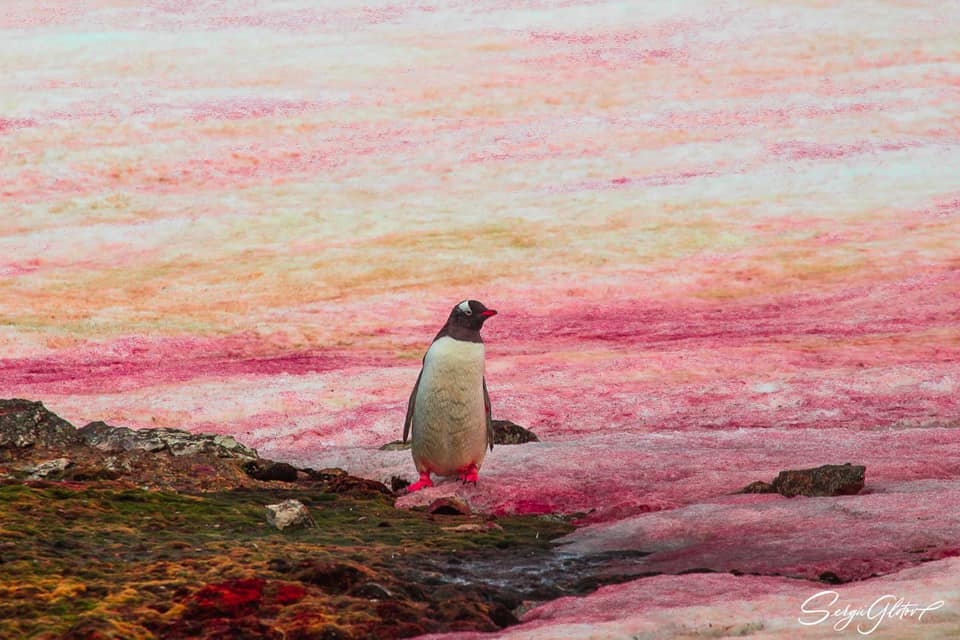
"This is not photoshop, but the colors of Antarctica." Pink patterns on a white cover – this is how the snow "blooms" at the end of the Antarctic summer in the area of our station "Akademik Vernadskyi," emphasized in the message.
The scientists explained that the same type of algae can color the snow in green, orange and purple. The color of plants depends on the pigment.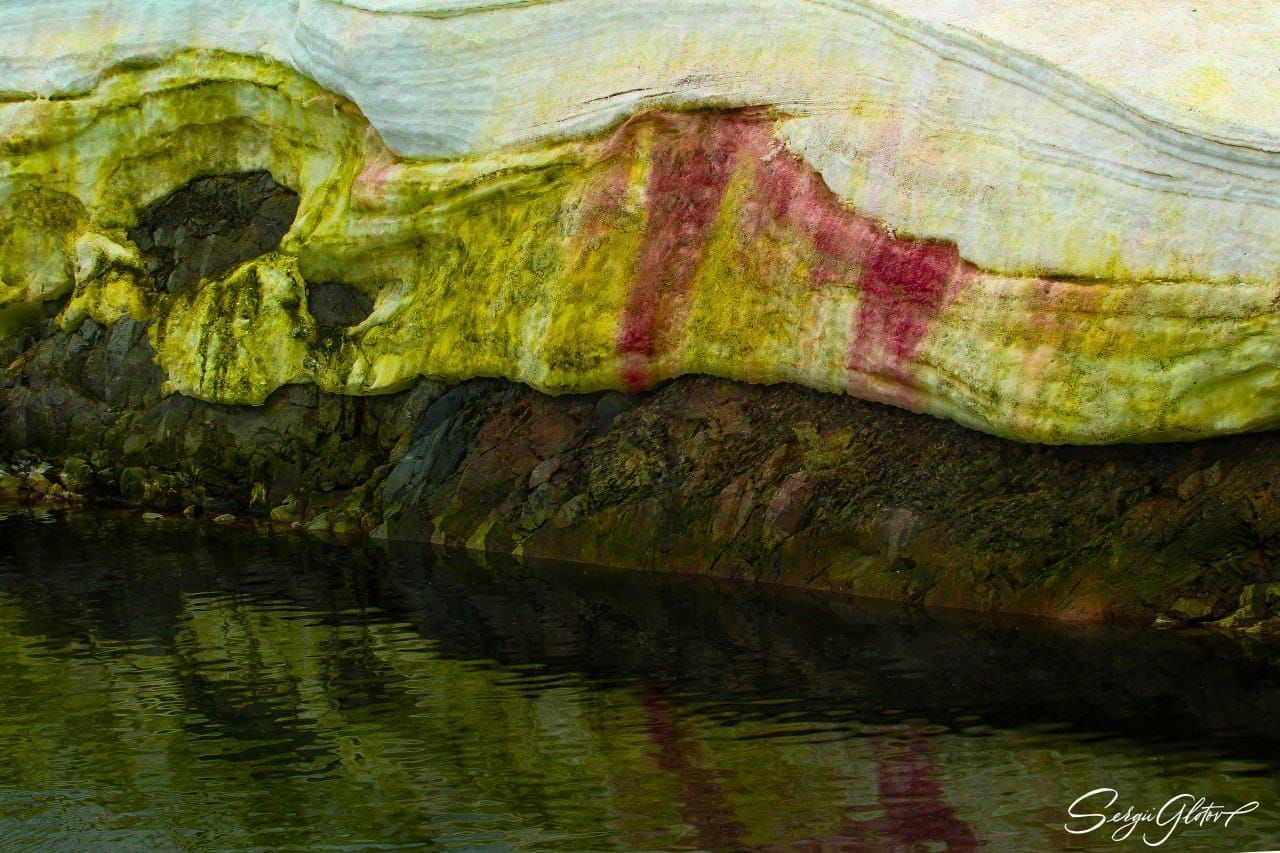
The authors emphasized that algae with the green pigment chlorophyll "winter". At the end of the Antarctic summer, when the intensity of ultraviolet rays becomes higher, the plant protects itself from them with the red pigment carotenoid. The same pigment gives orange color to carrots.
Currently, scientists are collecting and fixing samples of colored snow in order to analyze them on the "big earth" and to better understand the chemical basis of the transformation of algae.
As EcoPolitic reported before, in 2021, in the area of the Antarctic station "Akademik Vernadsky", the snow changed its color from white to green and crimson due to the "blooming" of algae.

